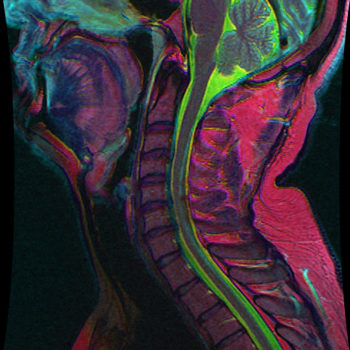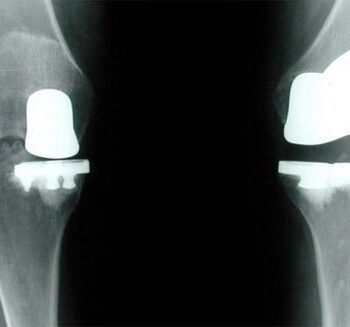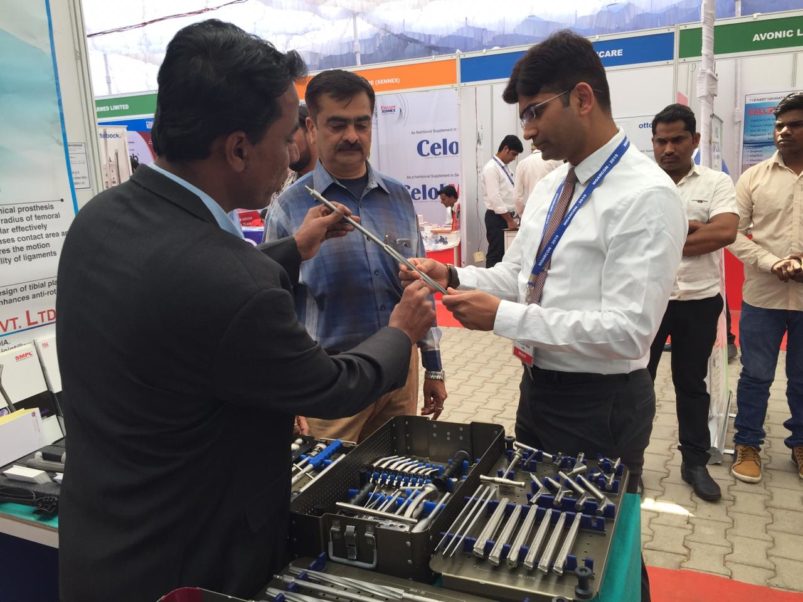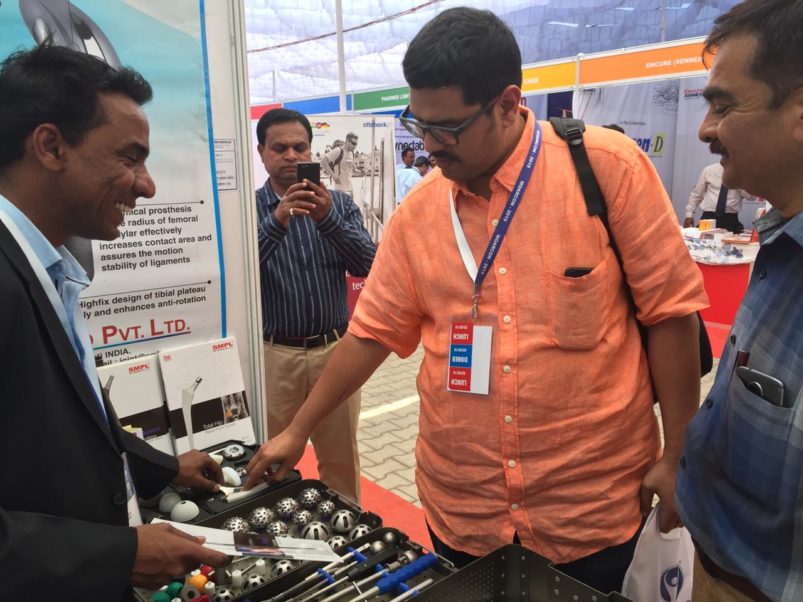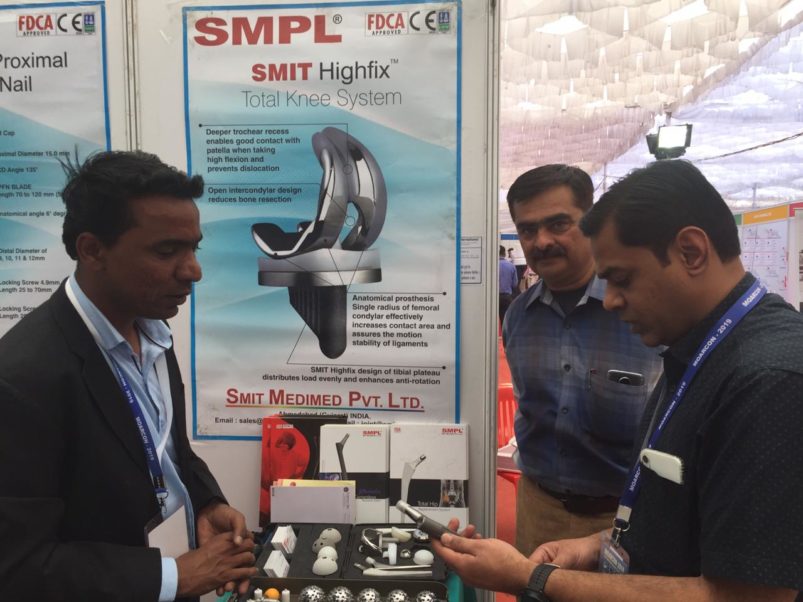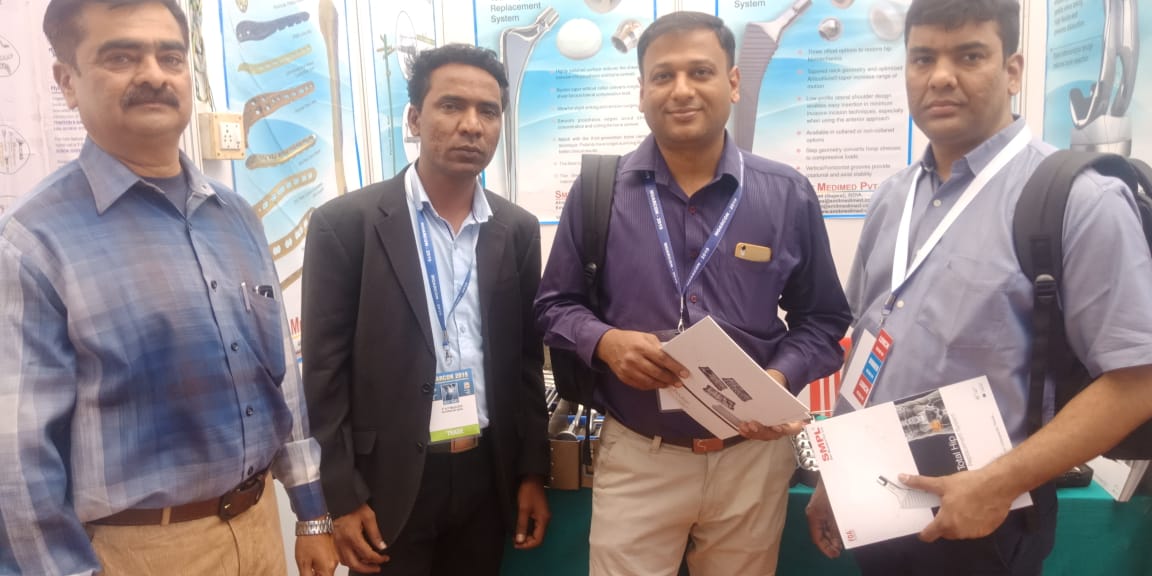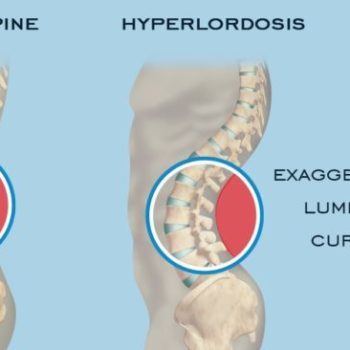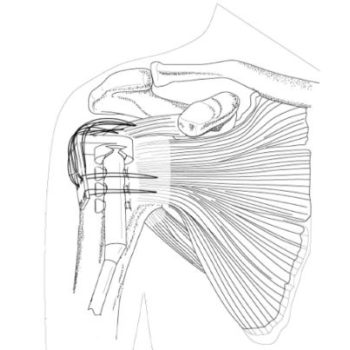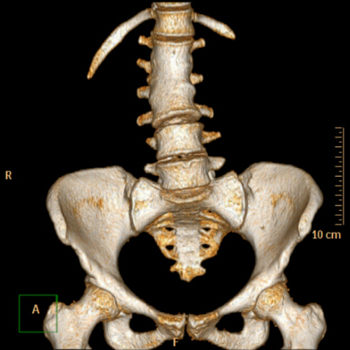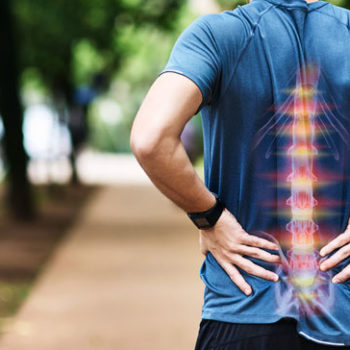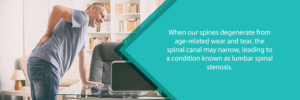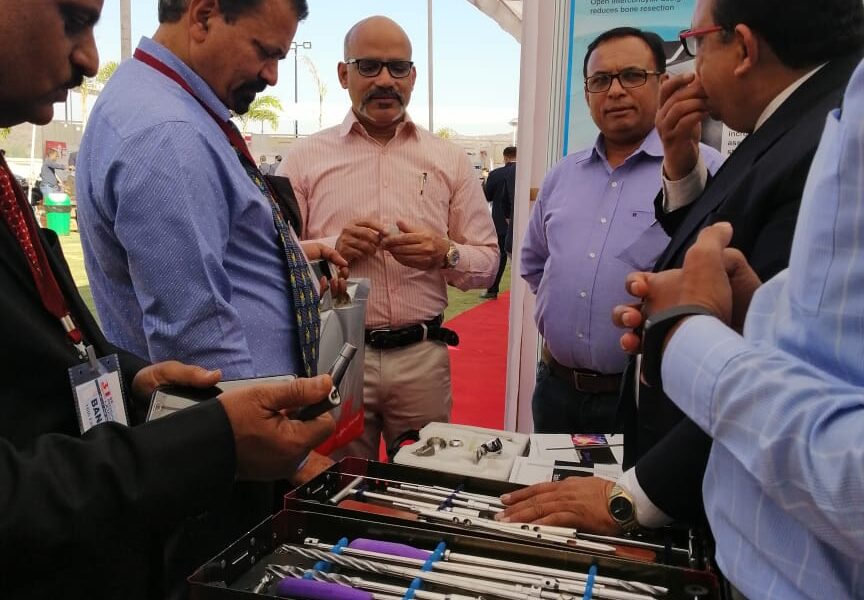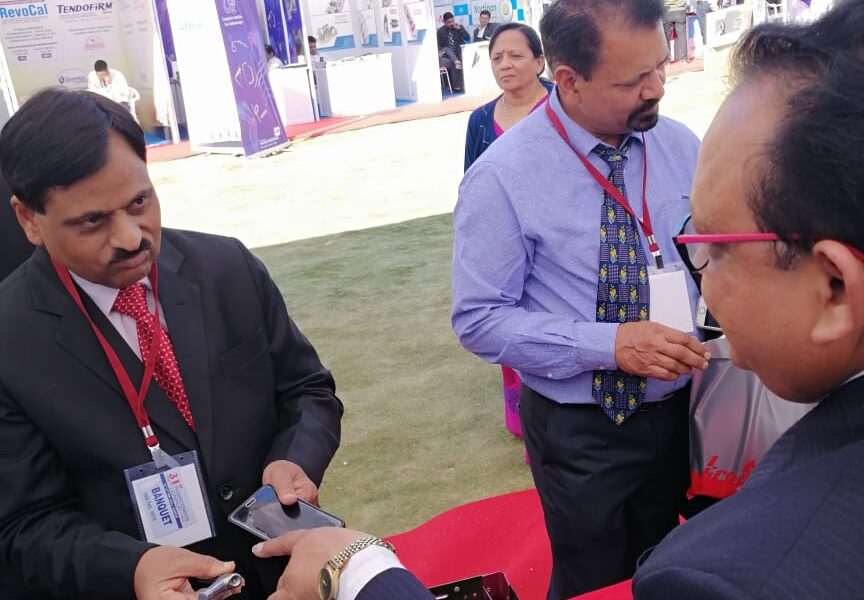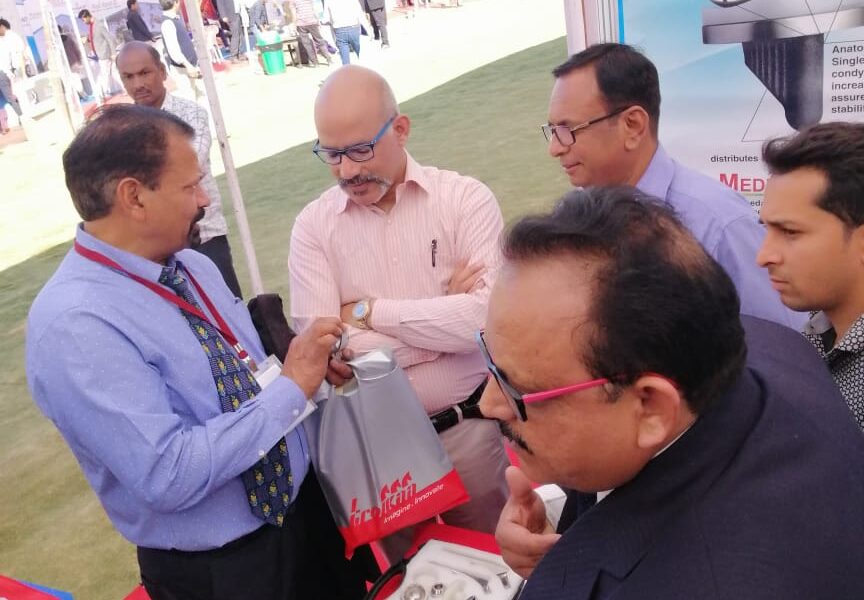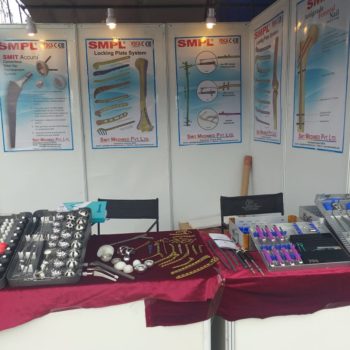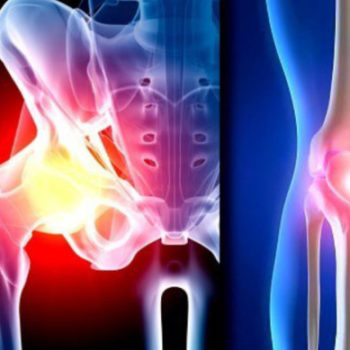
Outcomes of superficial and deep irrigation and debridement in total hip and knee arthroplasty
Researchers performed a retrospective study of 176 patients. that underwent irrigation and debridement(I&D) within 28 days of TJA, to examine the role and outcomes of both superficial and deep I&D in patients with wound-related issues and/or suspected periprosthetic joint infection (PJI). For superficial I&D, the overall success was 84.28% compared to 68.86% for deep I&D. Outcomes support the viability of superficial I&D in patients with wound-related issues as long as joint aspiration is performed to rule out infection involving the prosthesis. They suggest opening fascia and exploring deeper tissues in case there are findings of no fluid or purulence.
Read the Full Article On : https://www.arthroplastyjournal.org/article/S0883-5403(19)30255-4/fulltext?rss=yes


